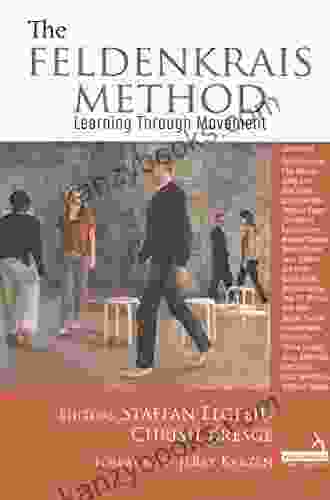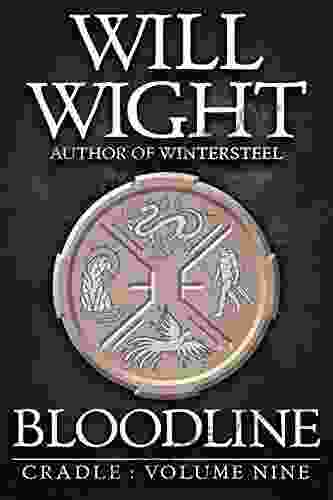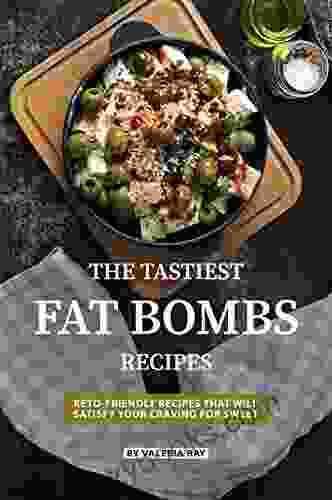The Feldenkrais Method: Unleash the Power of Movement for Transformation and Well-being

4.5 out of 5
| Language | : | English |
| File size | : | 31292 KB |
| Text-to-Speech | : | Enabled |
| Screen Reader | : | Supported |
| Enhanced typesetting | : | Enabled |
| Word Wise | : | Enabled |
| Print length | : | 240 pages |
Embark on a Journey of Self-Discovery Through Movement
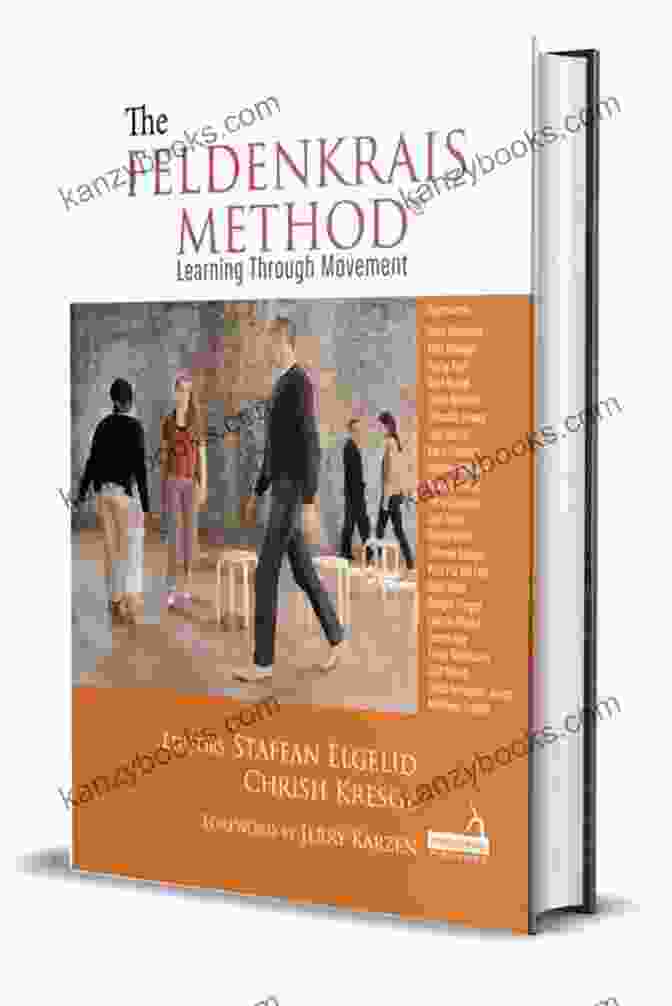
In the tapestry of life, our bodies are the instruments through which we experience the world. Movement is the language they speak, connecting us to our environment and our inner selves. The Feldenkrais Method, developed by physicist and movement educator Moshe Feldenkrais, offers a groundbreaking approach to understanding and improving movement patterns, empowering us to unlock our full physical, cognitive, and emotional potential.
Meet Moshe Feldenkrais: The Visionary Behind the Method
Moshe Feldenkrais, born in 1904, was a Renaissance man whose multifaceted interests spanned science, engineering, and martial arts. After sustaining a severe knee injury, Feldenkrais embarked on a lifelong quest to understand the intricate mechanisms of movement and rehabilitate his own body.
Through meticulous observation and experimentation, Feldenkrais discovered that our movement patterns are influenced by deeply ingrained habits and misconceptions. He believed that by gently guiding students through a series of specific movements, he could help them relearn how to move efficiently and pain-free, ultimately improving their overall function and well-being.
Key Concepts of the Feldenkrais Method
The Feldenkrais Method is based on several fundamental principles:
- Awareness: Paying attention to your body's sensations and movements is crucial for improving coordination and control.
- Embodiment: Developing a deep connection with your body fosters self-awareness and enhances your ability to respond intelligently to your environment.
- Habitual Patterns: Identifying and changing movement habits that may be causing pain or discomfort can lead to significant improvements in flexibility, range of motion, and overall well-being.
- Functional Improvement: The Feldenkrais Method aims to enhance movement efficiency, reduce pain, and improve overall daily functioning.
Two Approaches to Learning: Awareness Through Movement and Functional Integration
The Feldenkrais Method is implemented through two distinct approaches:
Awareness Through Movement (ATM):
In ATM lessons, students are guided verbally through a series of gentle movements while lying on the floor. These movements are designed to explore different movement patterns and increase awareness of the body's sensations. ATM can help improve flexibility, balance, coordination, and overall body awareness.
Functional Integration (FI):
FI involves a one-on-one session where the Feldenkrais practitioner gently guides the student's movements hands-on. FI sessions are tailored to address specific movement challenges or injuries. Through gentle manipulation and verbal cues, the practitioner helps students discover new movement possibilities and break free from habitual patterns that may be contributing to pain or dysfunction.
Benefits of the Feldenkrais Method
The benefits of the Feldenkrais Method are wide-ranging and can extend to various aspects of life:
- Pain Relief and Injury Prevention: By improving movement patterns, the Feldenkrais Method can reduce pain and prevent injuries in daily life and athletic activities.
- Enhanced Performance: Athletes, musicians, and performing artists can benefit from Feldenkrais lessons that improve coordination, balance, and overall movement efficiency.
- Stress Reduction and Relaxation: The gentle and mindful movements of the Feldenkrais Method can promote relaxation and reduce stress levels.
- Increased Self-Awareness and Embodiment: Practicing the Feldenkrais Method cultivates a deeper connection with your body and fosters self-awareness, leading to greater confidence and self-assurance.
- Improved Cognitive Function: Studies have shown that the Feldenkrais Method can enhance cognitive skills such as attention, concentration, and problem-solving abilities.
Who Can Benefit from the Feldenkrais Method?
The Feldenkrais Method is suitable for people of all ages and abilities. It is particularly beneficial for those who:
- Experience chronic pain or discomfort
- Have suffered injuries or are recovering from surgery
- Want to improve their posture and movement patterns
- Are curious about exploring their body's potential
- Seek to enhance their athletic or artistic performance
Getting Started with the Feldenkrais Method
To experience the transformative power of the Feldenkrais Method, consider the following:
- Find a Qualified Practitioner: Look for certified Feldenkrais practitioners in your area who have undergone extensive training.
- Try an Awareness Through Movement Class: Attend a group ATM class to gain a firsthand experience of the method.
- Book a Functional Integration Session: Schedule a one-on-one FI session to address specific movement challenges.
- Practice Regularly: Consistency is key in experiencing the full benefits of the Feldenkrais Method. Aim to practice the movements regularly, even for short periods.
: Unlock Your Inner Potential with the Feldenkrais Method
The Feldenkrais Method is an invaluable tool for personal transformation and well-being. By guiding us through gentle and mindful movements, it helps us shed ingrained habits, improve movement patterns, and rediscover the joy of moving freely. Whether you seek pain relief, enhanced performance, or simply a deeper connection with your body, the Feldenkrais Method has the potential to unlock your inner potential and empower you to live a more fulfilling and vibrant life.
Remember, as Moshe Feldenkrais himself said, "The body is the orchestra, and the brain is the conductor." With the Feldenkrais Method, you can become the maestro of your own body, harmonizing your movements and enhancing your overall well-being. Embrace the transformative power of movement and embark on a journey of self-discovery and empowerment today.
4.5 out of 5
| Language | : | English |
| File size | : | 31292 KB |
| Text-to-Speech | : | Enabled |
| Screen Reader | : | Supported |
| Enhanced typesetting | : | Enabled |
| Word Wise | : | Enabled |
| Print length | : | 240 pages |
Do you want to contribute by writing guest posts on this blog?
Please contact us and send us a resume of previous articles that you have written.
 Book
Book Novel
Novel Page
Page Chapter
Chapter Text
Text Story
Story Genre
Genre Reader
Reader Library
Library Paperback
Paperback E-book
E-book Magazine
Magazine Newspaper
Newspaper Paragraph
Paragraph Sentence
Sentence Bookmark
Bookmark Shelf
Shelf Glossary
Glossary Bibliography
Bibliography Foreword
Foreword Preface
Preface Synopsis
Synopsis Annotation
Annotation Footnote
Footnote Manuscript
Manuscript Scroll
Scroll Codex
Codex Tome
Tome Bestseller
Bestseller Classics
Classics Library card
Library card Narrative
Narrative Biography
Biography Autobiography
Autobiography Memoir
Memoir Reference
Reference Encyclopedia
Encyclopedia William Lawrence
William Lawrence Shaku Atre
Shaku Atre Stephanie Dowrick
Stephanie Dowrick Stephen Snyder
Stephen Snyder Talia Lavin
Talia Lavin William Strunk Jr
William Strunk Jr Ted Lampron
Ted Lampron Win Wu Wei
Win Wu Wei Mary Wolf
Mary Wolf Tara Sarathi
Tara Sarathi Prayer M Madueke
Prayer M Madueke Victoria Granof
Victoria Granof Tom Valentine
Tom Valentine Zack Joseph
Zack Joseph Sophie Soto
Sophie Soto Scotty Barnhart
Scotty Barnhart Mike Jacobsen
Mike Jacobsen Shazia Calvert Davies
Shazia Calvert Davies Stephen Russell
Stephen Russell Shannon Hale
Shannon Hale
Light bulbAdvertise smarter! Our strategic ad space ensures maximum exposure. Reserve your spot today!
 Milton BellFollow ·11.9k
Milton BellFollow ·11.9k Ivan TurnerFollow ·17.3k
Ivan TurnerFollow ·17.3k Reed MitchellFollow ·13.5k
Reed MitchellFollow ·13.5k Graham BlairFollow ·11.8k
Graham BlairFollow ·11.8k Joel MitchellFollow ·2.3k
Joel MitchellFollow ·2.3k Edgar CoxFollow ·11.6k
Edgar CoxFollow ·11.6k Zadie SmithFollow ·18.2k
Zadie SmithFollow ·18.2k Bernard PowellFollow ·15.2k
Bernard PowellFollow ·15.2k

 Virginia Woolf
Virginia WoolfGetting High Fat Diet Easily Using Keto Fat Bomb Cookbook
Unveiling the Power of Fat...

 Milan Kundera
Milan KunderaAre You Cryin' Brian? Find the Inspiration and Humor in...
Life can be full of...
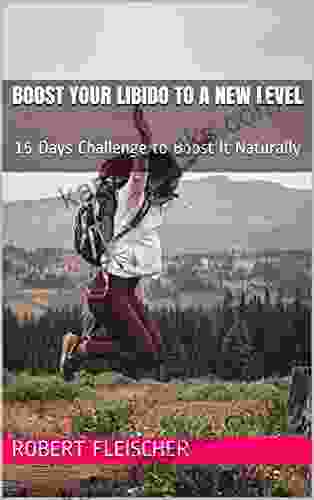
 Edmund Hayes
Edmund HayesUnlock Your Vitality: The 15-Day Natural Energy Boost...
Are You Ready to...
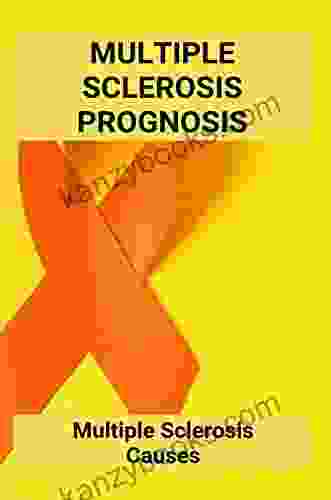
 Gavin Mitchell
Gavin MitchellMultiple Sclerosis Life Expectancy: Unveiling the Impact...
Multiple Sclerosis (MS) is a...

 Gabriel Garcia Marquez
Gabriel Garcia MarquezGet The Thighs That Can Crack Man Head Like Walnut
Are you tired of weak, flabby...
4.5 out of 5
| Language | : | English |
| File size | : | 31292 KB |
| Text-to-Speech | : | Enabled |
| Screen Reader | : | Supported |
| Enhanced typesetting | : | Enabled |
| Word Wise | : | Enabled |
| Print length | : | 240 pages |


